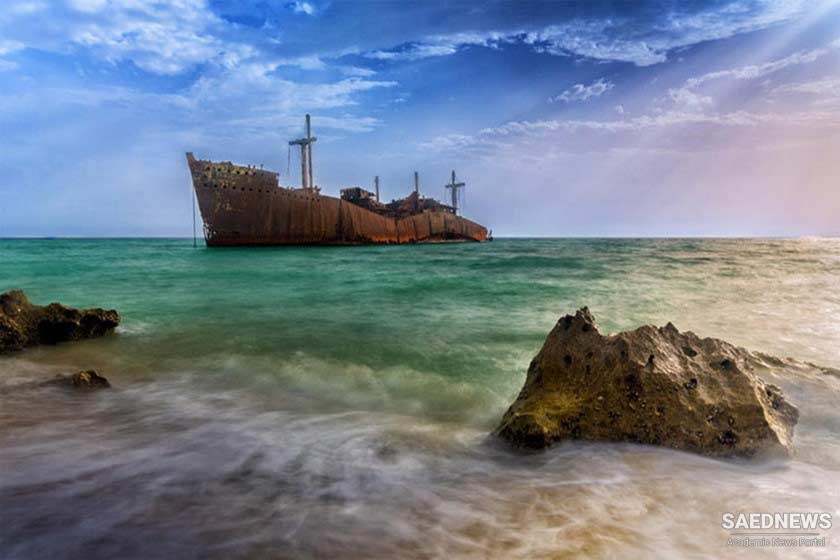Hormozgan province is located in the south of Iran, bordering the waters of the Persian Gulf and the Gulf of Oman. The Strait of Hormoz, which is one of the most important water passageways in the world, is within the territory of this province. Hormozgān has hot and dry climate and is greatly influenced by the desert weather conditions of central Iran. The economy of the province is based on agriculture, fishing industries and commerce. The two free zone ports of Kish and Qeshm islands play an important role in the economy of this area. There are beautiful beaches for swimming, water skiing, boat riding and also oyster and coral hunting.
The province is surrounded by 14 islands, namely Abū Mūsā, Bānī Forūr, the Greater and Lesser Tunbs, Sīrī, Shetūr, Forūr, Kīsh, Lāvān, Qeshm, Lārk, Hormoz, Hendūrābī and Henām each island having its own attractions.
In the heights of this province you can find animals like rams, ibexes, mountain goats and in the plains animals like bears, gazelles, wolves, foxes, wart dogs and hyenas would be found. Birds like eagles, partridges and migrating African and Indian birds are also found in this province. In the sea and the beaches, you can see different kinds of crabs, lobsters, dolphins, snakes, lizards and turtles.
It has been a place for different ethnicities over the centuries. The common language, however, is Persian. A few groups of people speak their local dialects or the Arabic language. Men's clothing consists of a long white gown-like garment and women's clothing is usually a long dark dress with decorated pants. In almost all of the southern provinces of Iran women put on a mask to protect their faces from the hot sun. Local dances of this province are Zarīf, Kodāyī and Latīfī.
We can mention carpet weaving, coarse blanket weaving, basket weaving, needle-work and marine handicrafts as common handicrafts of this region.
Based on evidence found in the Hārīre archeological site, the civilization in this area dates back to the Pre-Islamic era.
Portuguese Castle
This castle is located in the northeast of Qeshm Island. It was built by the order of a Spanish king. There are two protecting walls with towers on each side and there is a deep canal behind the walls. They are made of coral stones, stones and plaster, like buildings of the Sassanid era (224-651).
Hondūrhā Temple
This temple was built in the 1870s at the time of Mohammad Hassan Khan Sa’d ol-Molk. This temple consists of a square room with a dome on top. There are beautiful carved stone columns around the dome. This structure is greatly influenced by the Indian architecture.
Hājī Ābād Thermal Spring
The thermal spring is located 30 kilometers east of the town of Hājī Ābād, at the foothills of a mountain. The water of this spring flows through lime stones; therefore, it is rich in sulfur.
Harrā Mangroves (Avicennia marina)
These mangroves are located between Khamir port and Qeshm Island lying in a large area. The scenery of this place is unique as in high tides all the trees disappear under water and in low tides, they come out of water and look like small islands.


 Peaceful Occupation of Ukraine: Russian Tanks Arrive in Donbass to Keep Peace!
Peaceful Occupation of Ukraine: Russian Tanks Arrive in Donbass to Keep Peace!














































